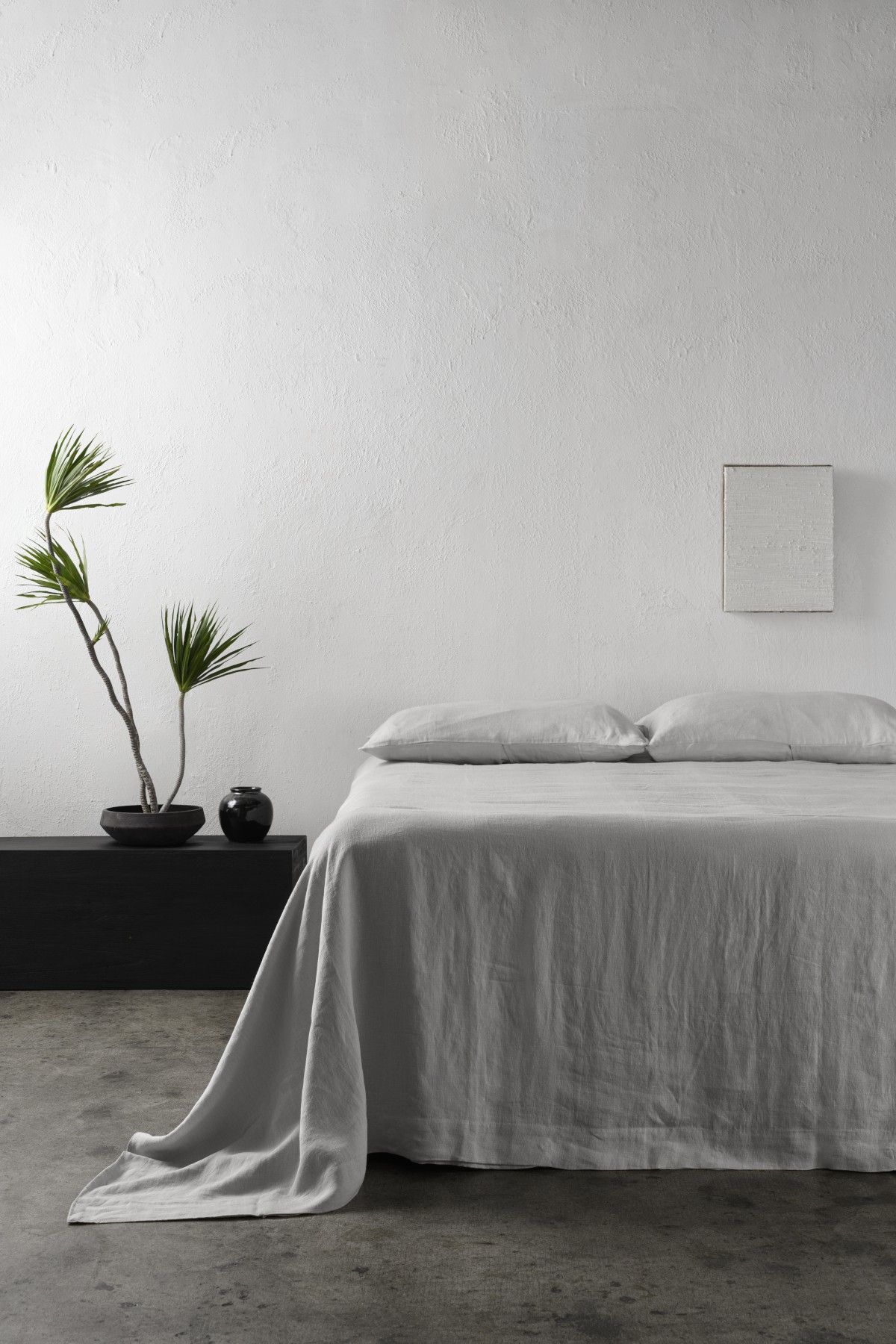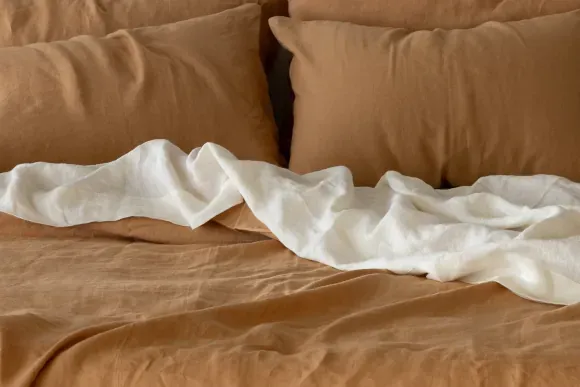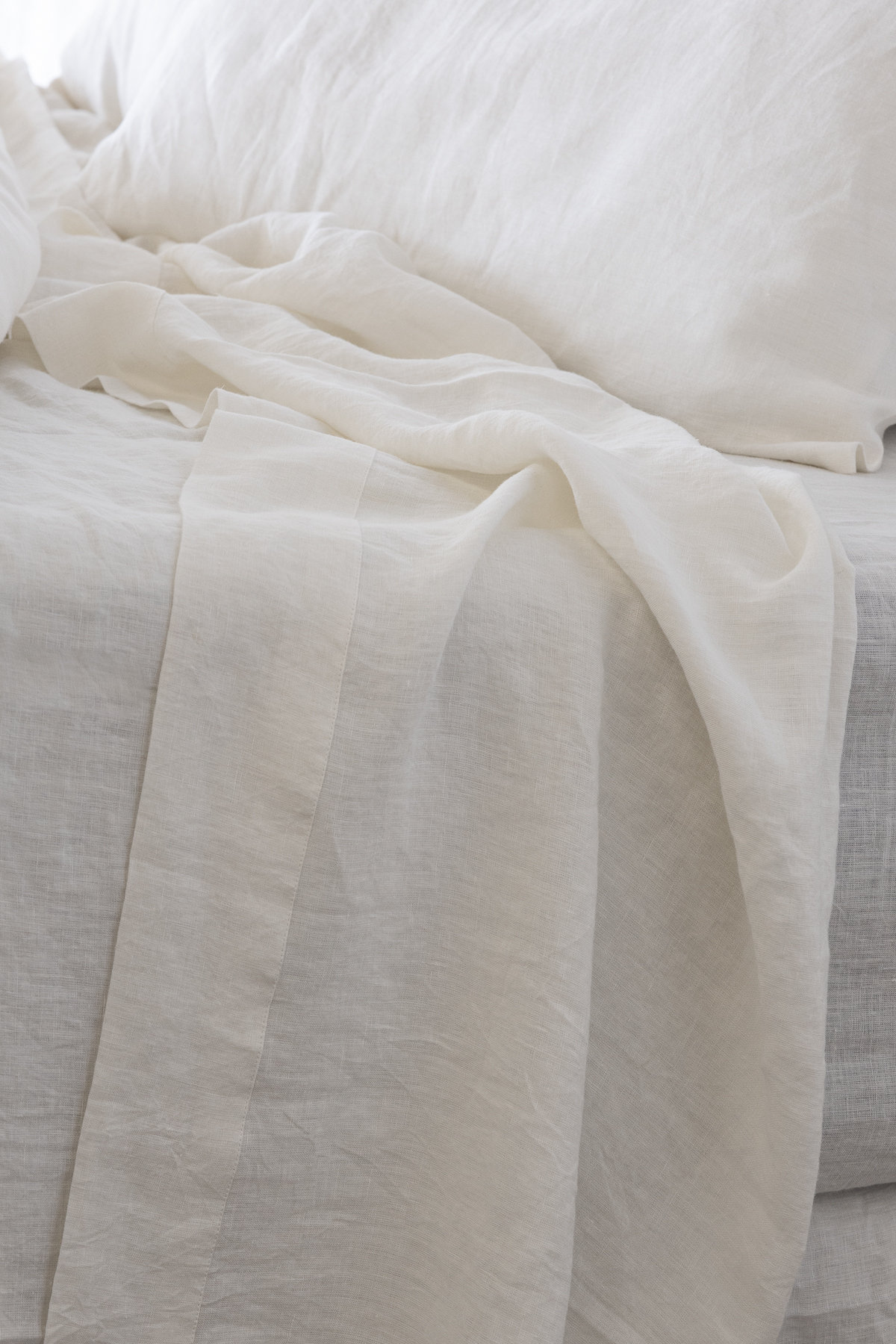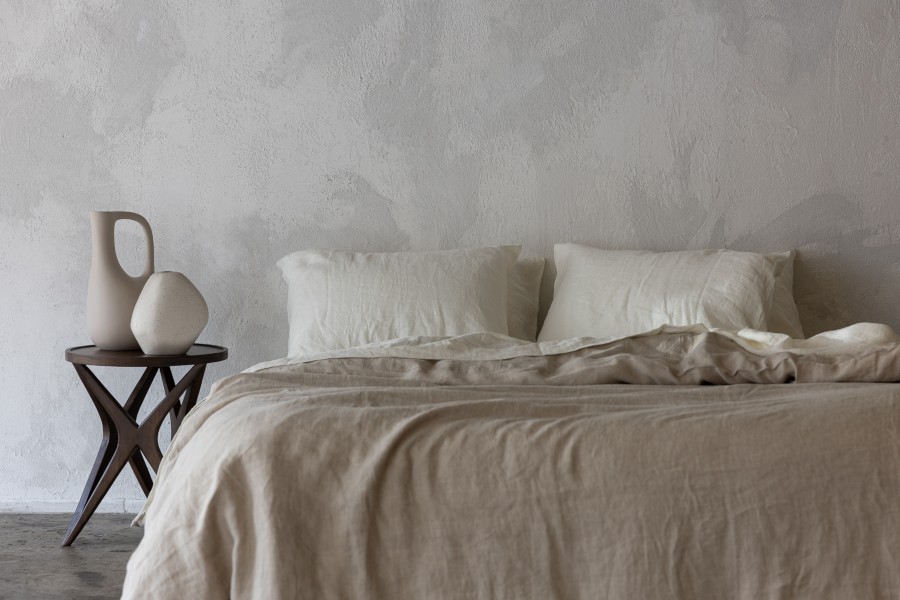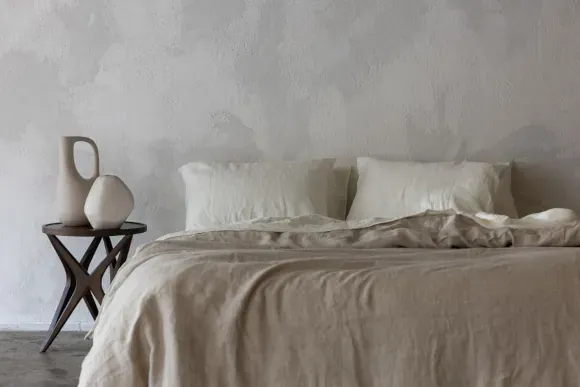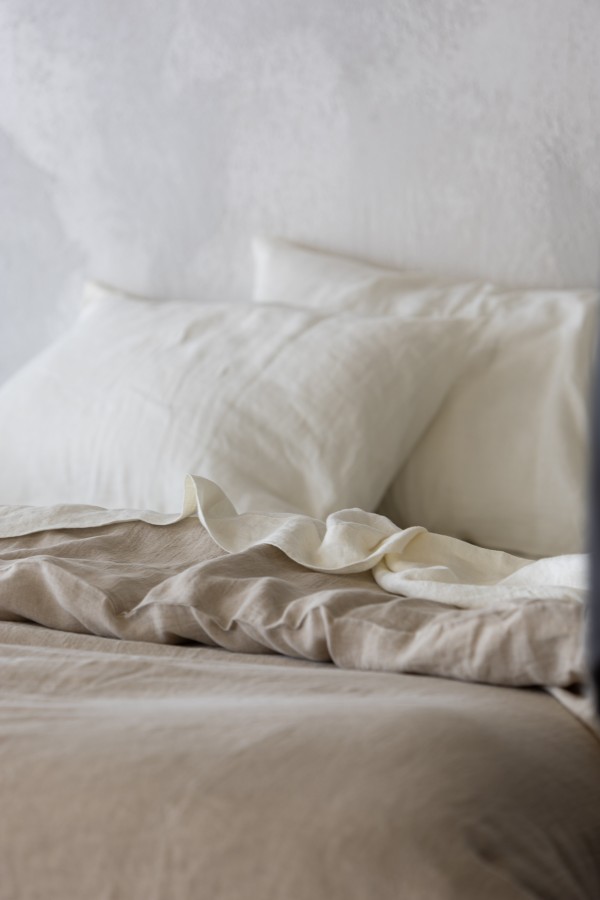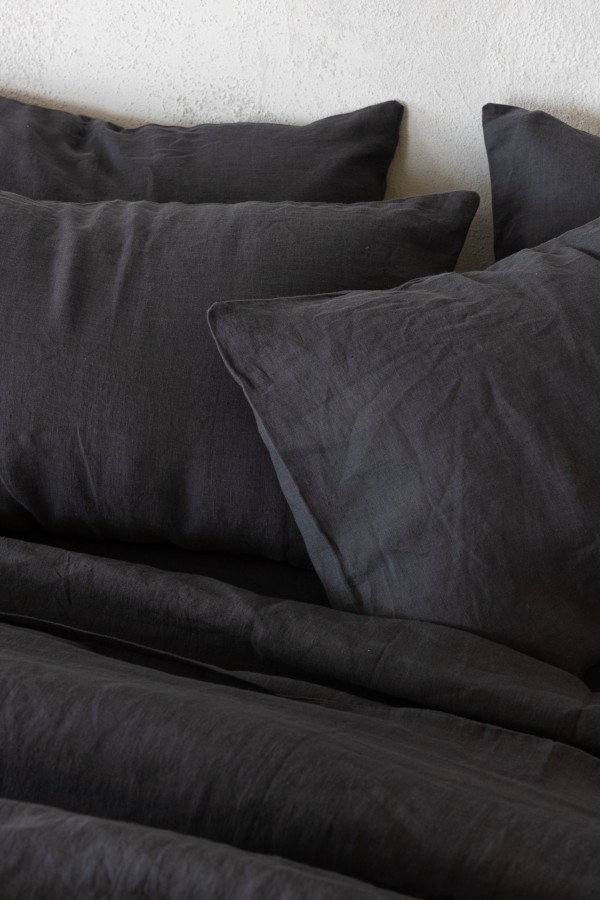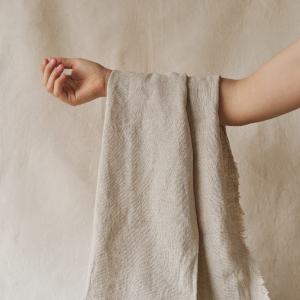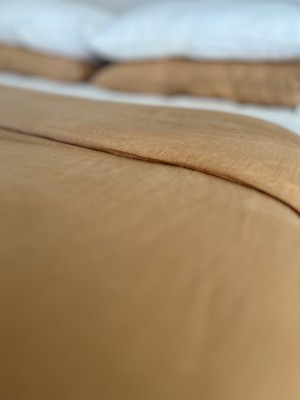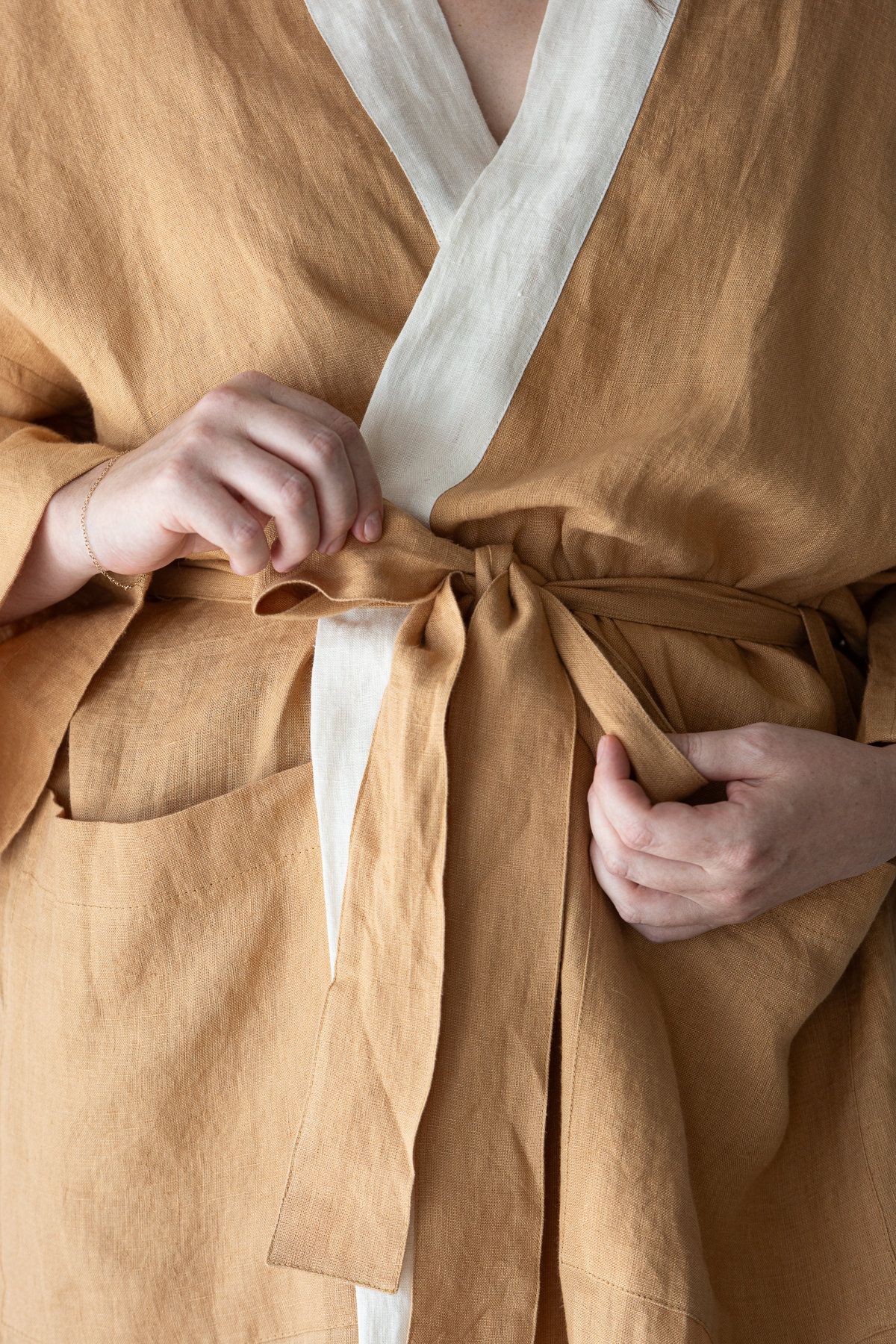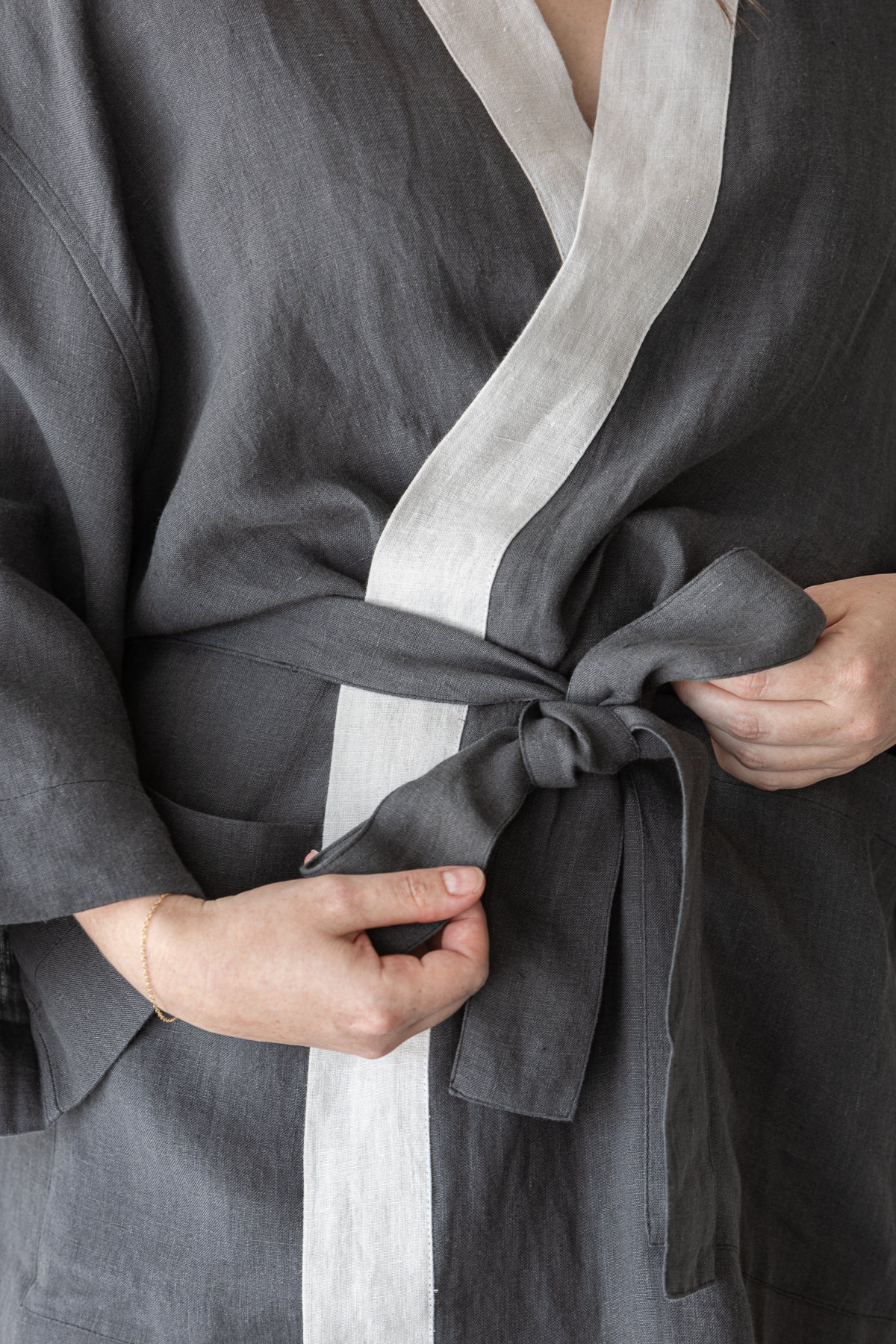The Great Summer Sleep Debate
The Great Summer Sleep Debate: Linen vs. Bamboo vs. Cotton – Which Bedding Will Keep You Cool?
In Australia, the difference between a good night’s sleep and a restless, sweaty mess often comes down to one thing: your bedding.
As soon as the humidity creeps in, we begin the essential search for the perfect sheet set.
But with so many natural fabrics flooding the market, how do you choose the right one? While bamboo and cotton offer short-term comfort, one fabric reigns supreme when it comes to true, long-lasting cooling: Linen.
We break down the three heavyweight contenders of summer bedding to show why linen is the ultimate choice for a blissful night’s rest.
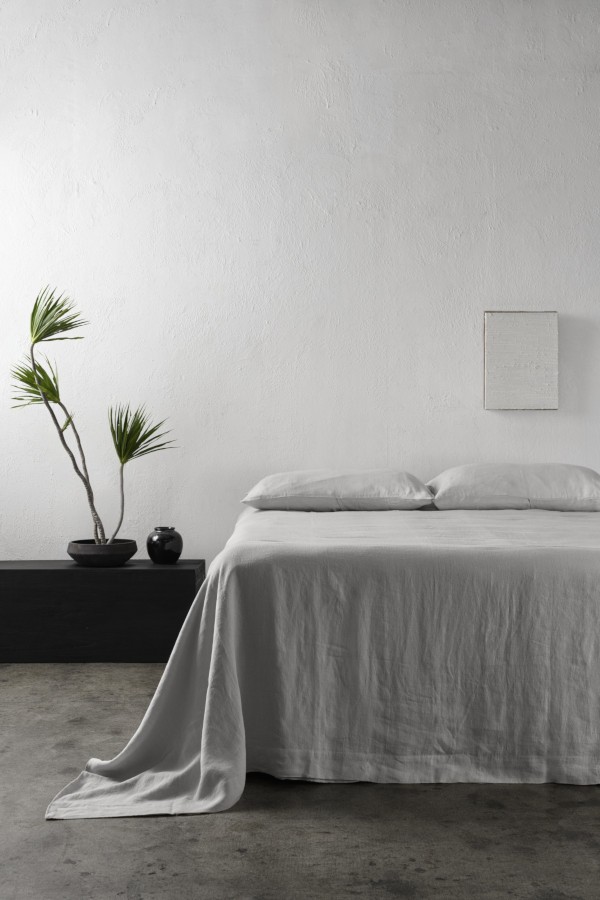
1. Undisputed Champion: Linen
Derived from the resilient flax plant, linen is not just a sheet; it’s a long-term investment in genuine sleep quality. It is the undisputed heavyweight champion when it comes to thermal regulation. It’s the only fibre that truly improves with age and wash when well cared for.
It’s also the most sustainable bedding fabric. The whole of the flax plant is used, it uses less water to grow than cotton and bamboo and little to no pesticides.

The Linen Takeaway:
Linen is the choice for the natural hot sleeper and the savvy investor. The wrinkled look is a feature, not a fault. It’s the sign of a relaxed, breezy structure that keeps you cool when the temperature climbs.
2. Classic Contender (With Caveats): Cotton
Cotton is the most familiar bedding material. It can offer excellent value, but its cooling abilities are dependent on a very specific weave. It often absorbs and retains sweat, leading to that sticky, damp feeling in the peak of summer.

The Cotton Takeaway:
If budget is the primary concern, seek out 100% long-staple cotton with a Percale weave. It can feel cool and crisp but be prepared for it to feel damp during the worst of the summer humidity.
3. Silky Smoothie (The Processed Option): Bamboo Viscose
Bamboo is popular for its luxuriously soft, silky texture. However, it’s important to note that bamboo fibre is typically heavily processed (often into viscose or rayon) before it can become bedding, losing some of the “natural” benefits.

The Bamboo Takeaway:
Choose bamboo if you absolutely prioritise a silky, smooth texture over all else. It’s a great middle ground but lacks the genuine rugged, long-term durability and superior thermal regulation of linen.
The overall verdict: linen wins the great summer sleep debate
For enduring comfort, sustainability, and superior cooling, the verdict is clear. Linen is the best bedding investment you can make for an Australian home.
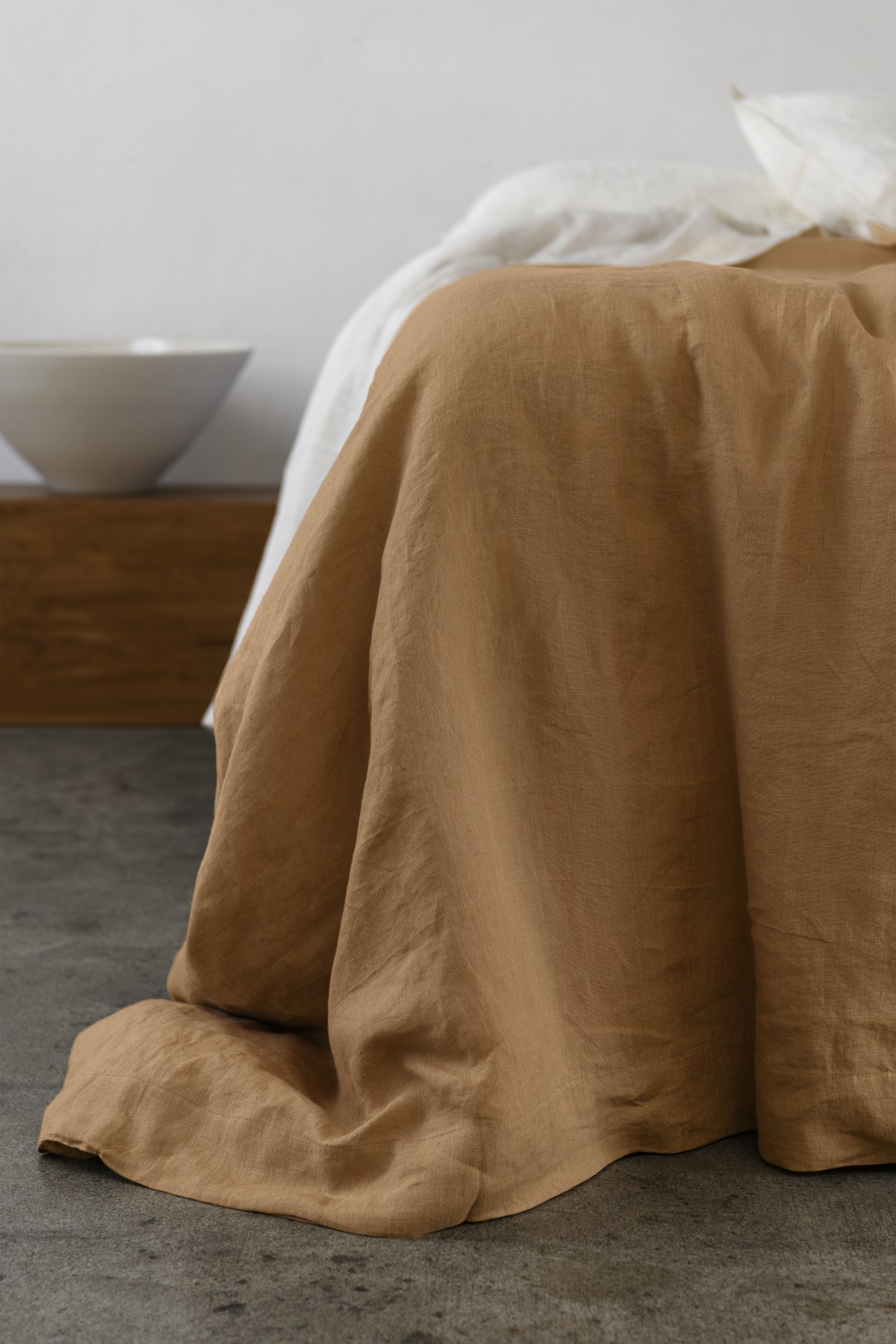
No matter your choice, ensure you are buying from a reputable retailer who specifies the quality and source of the material. A good sheet set isn’t a luxury – it’s a necessity!
If you would like to know more about the best ways to care for linen bedding to ensure its longevity, click to see our care guide.
Are you ready to take the linen plunge for great sleep?






